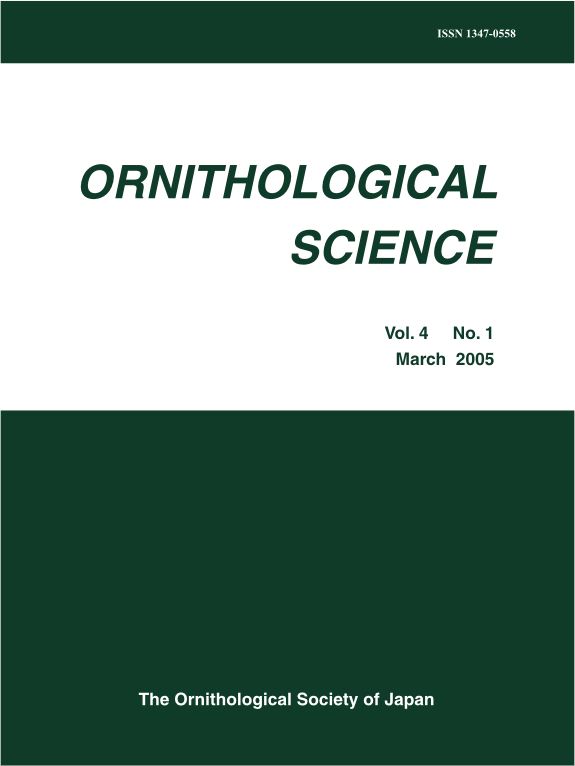Volume 13, Issue 2
Displaying 1-7 of 7 articles from this issue
- |<
- <
- 1
- >
- >|
ORIGINAL ARTICLE
-
2014 Volume 13 Issue 2 Pages 59-66
Published: 2014
Released on J-STAGE: January 14, 2015
Download PDF (608K) -
2014 Volume 13 Issue 2 Pages 67-75
Published: 2014
Released on J-STAGE: January 14, 2015
Download PDF (774K) -
2014 Volume 13 Issue 2 Pages 77-81
Published: 2014
Released on J-STAGE: January 14, 2015
Download PDF (802K) -
2014 Volume 13 Issue 2 Pages 83-90
Published: 2014
Released on J-STAGE: January 14, 2015
Download PDF (409K) -
2014 Volume 13 Issue 2 Pages 91-107
Published: 2014
Released on J-STAGE: January 14, 2015
Download PDF (684K) -
2014 Volume 13 Issue 2 Pages 109-116
Published: 2014
Released on J-STAGE: January 14, 2015
Download PDF (482K)
SHORT COMMUNICATION
-
2014 Volume 13 Issue 2 Pages 117-120
Published: 2014
Released on J-STAGE: January 14, 2015
Download PDF (368K)
- |<
- <
- 1
- >
- >|
